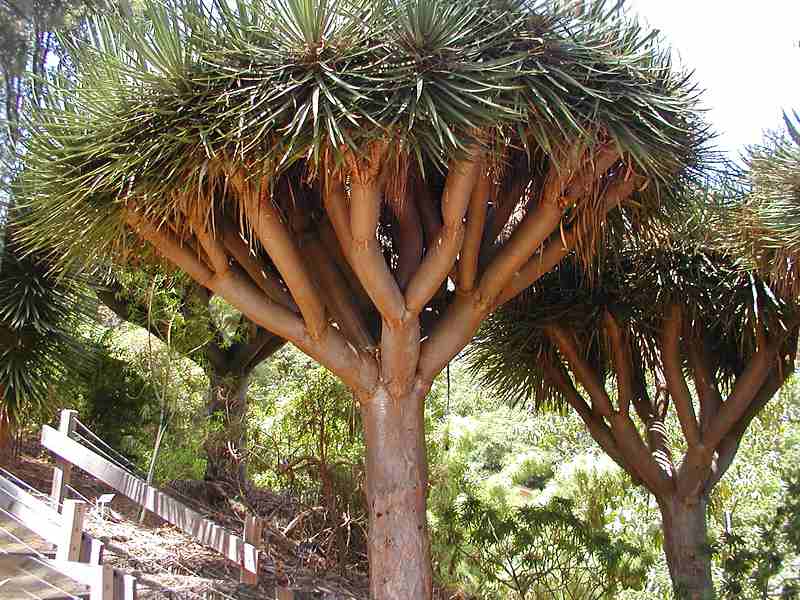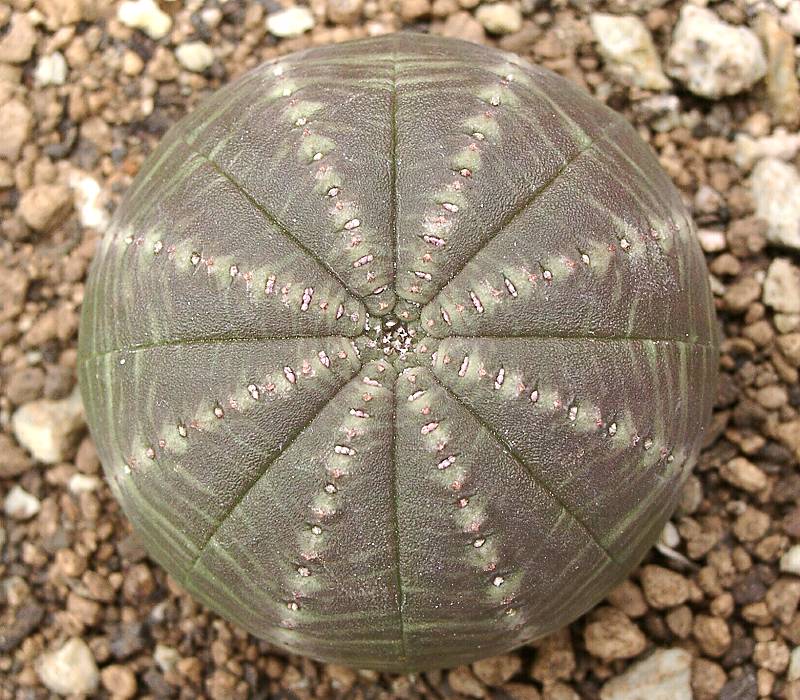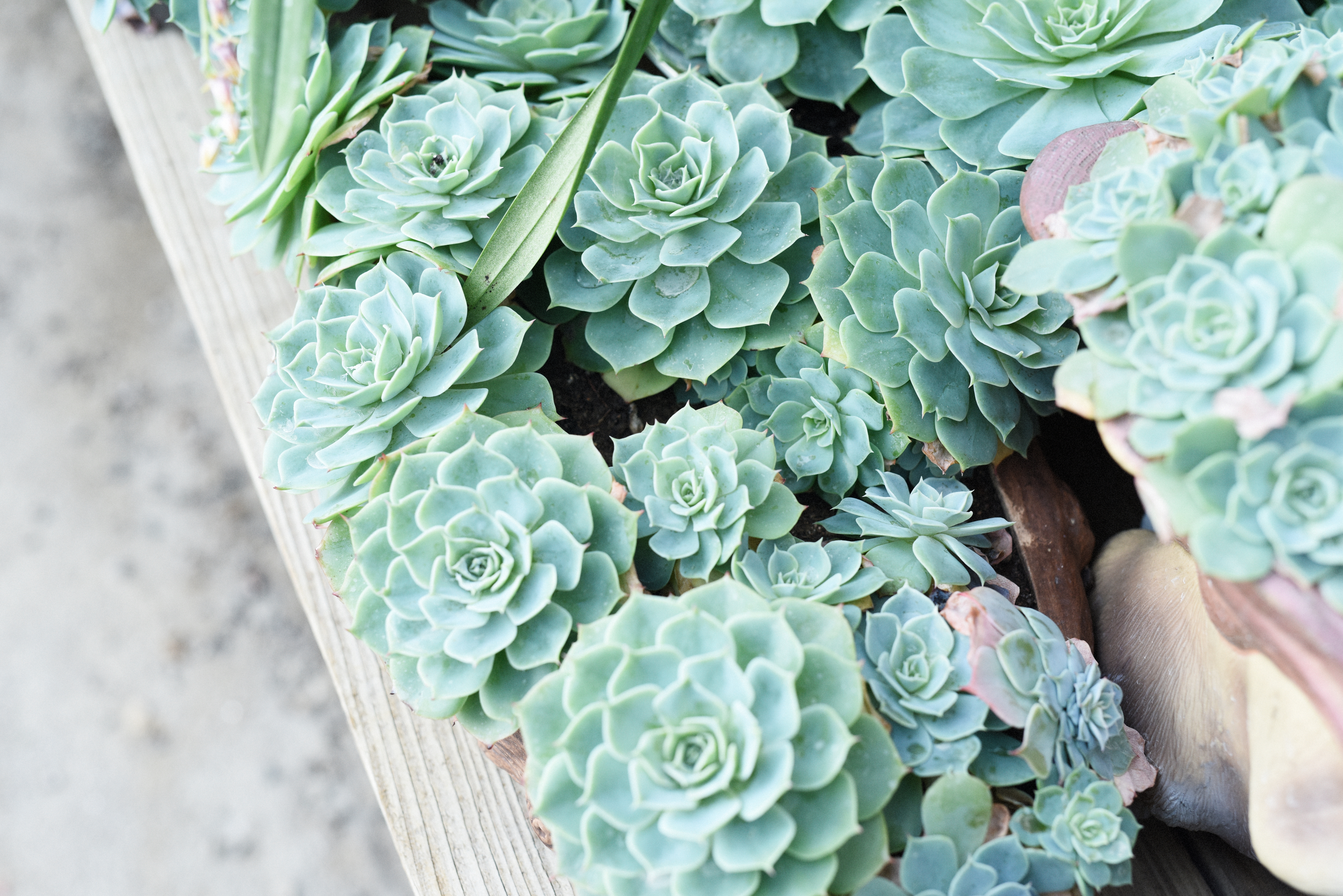Succulent plants
Enlarge text Shrink textIn botany, succulent plants, also known as succulents, are plants with parts that are thickened, fleshy, and engorged, usually to retain water in arid climates or soil conditions. The word succulent comes from the Latin word sucus, meaning "juice" or "sap". Succulents may store water in various structures, such as leaves and stems. The water content of some succulent organs can get up to 90–95%, such as Glottiphyllum semicyllindricum and Mesembryanthemum barkleyii. Some definitions also include roots, thus geophytes that survive unfavorable periods by dying back to underground storage organs (caudex) may be regarded as succulents. The habitats of these water-preserving plants are often in areas with high temperatures and low rainfall, such as deserts, but succulents may be found even in alpine ecosystems growing in rocky or sandy soil. Succulents are characterized by their ability to thrive on limited water sources, such as mist and dew, which makes them equipped to survive in ecosystems that contain scarce water sources. Succulents are not a taxonomic category, since the term describes only the attributes of a particular species; some species in a genus such as Euphorbia, or family such as Asphodelaceae may be succulent, whereas others are less so or not at all. Many plant families have multiple succulent species found within them, more than 25 plant families. In some families, such as Aizoaceae, Cactaceae, and Crassulaceae, most species are succulents. In horticultural use, the term is sometimes used in a way that excludes plants that botanists would regard as succulents, such as cacti. Succulents are often grown as ornamental plants because of their striking and unusual appearance, as well as their ability to thrive with relatively minimal care.
Read more on Wikipedia >
 Topic
Topic


















